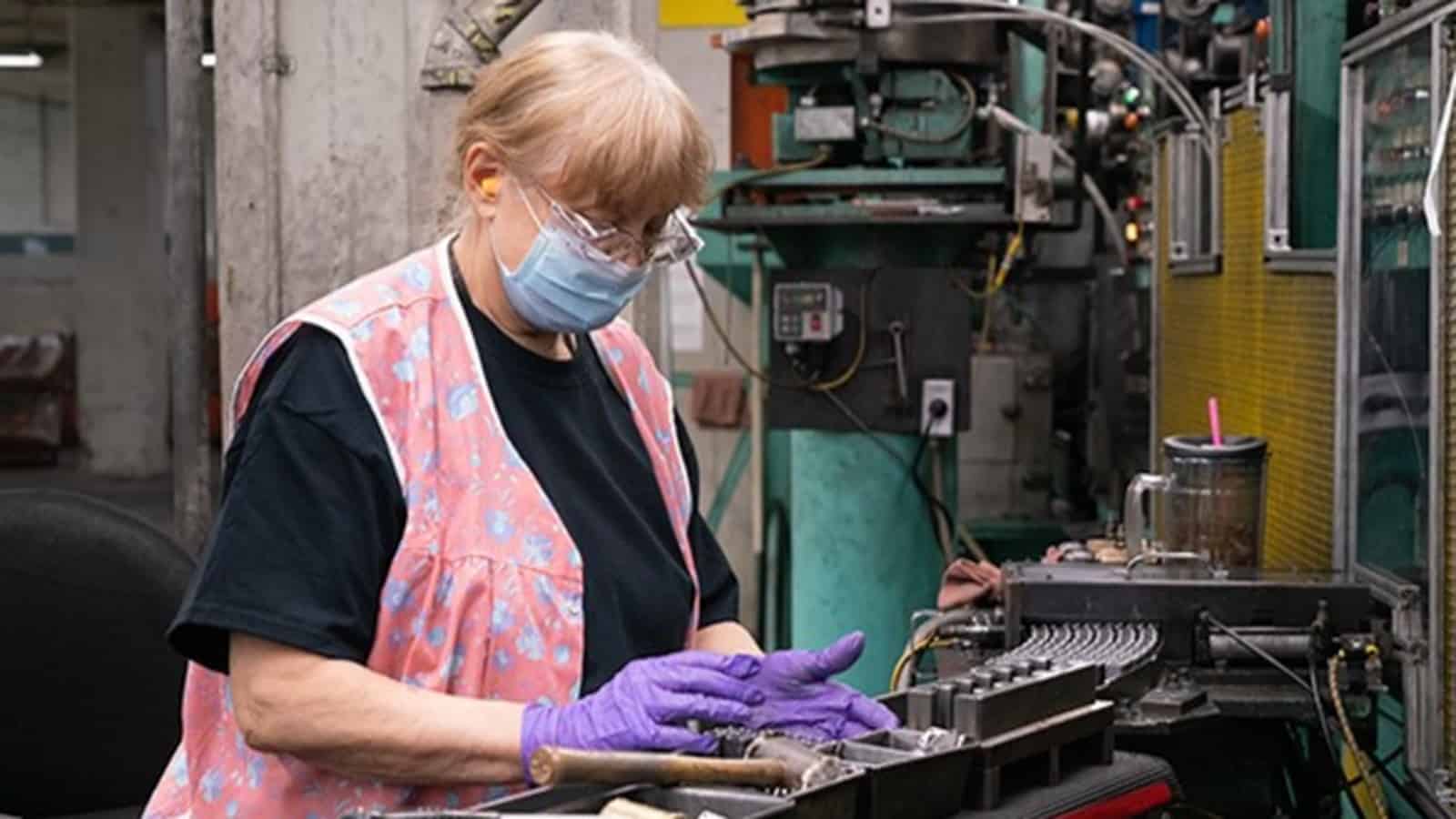Labor Shortage Will Continue, But Manufacturing Is a Bright Spot

The future workforce will continue to ‘favor’ workers over employers, with the labor pool set to grow just 0.2% a year from 2024 to 2031, according to the Congressional Budget Office and Axios.
What’s happening: “In the 2010s, the massive millennial generation was entering the workforce, the massive baby boom generation was still hard at work, and there was a multi-year hangover from the deep recession caused by the global financial crisis. But now, boomers are retiring, millennials are approaching middle age, and the Gen Z that follows them is comparatively small.”
- Unlike in the recent past, organizations now and in the future won’t be able to count on “a flood” of job applicants for all advertised positions.
What it means for manufacturers: “On the one hand, manufacturers added 349,000 manufacturing workers in 2021, the most since 1994, and on the other, the sector has 219,000 fewer workers today than it did before the pandemic began,” said NAM Chief Economist Chad Moutray.
- “In addition, job openings remain near record highs, and firms continue to note difficulties in finding and retaining workers. In 2022, we would expect to add around 150,000 to 180,000 employees, building on last year’s strong gains.”
What it also means: “The reality of the labor shortage makes clear that we need an all-of-the-above solution to our workforce crisis,” said Manufacturing Institute President Carolyn Lee. “We need to attract new workers and provide them with the needed skills. That’s why the NAM and the MI’s Creators Wanted campaign is so critical and so timely. Research shows the next generation is looking for careers that matter. They want to have an impact, and they want the potential for family-supporting jobs with upward mobility, all of which are characteristics of modern manufacturing.”
“This data also underscores why we also need comprehensive immigration reform to ensure that we are bringing the best and brightest to the U.S. to help strengthen manufacturing in America.”
